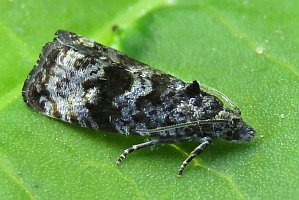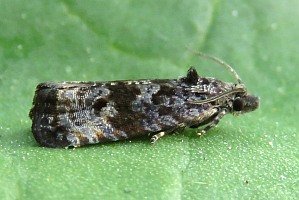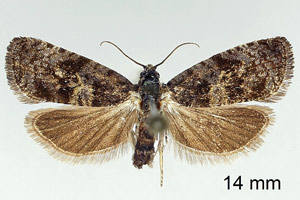Version 29 (neueste) vom 3. Januar 2023 um 10:26:30 von Annette von Scholley-Pfab: Iussue fixed Grossbild Link
Länder:

 +15Kontinente:EUAS
+15Kontinente:EUAS


 +15Kontinente:EUAS
+15Kontinente:EUAS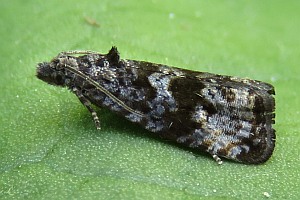
Falter
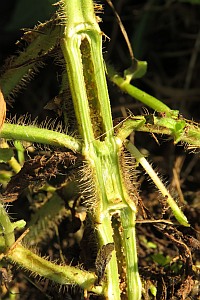
Fraßspuren und Befallsbild
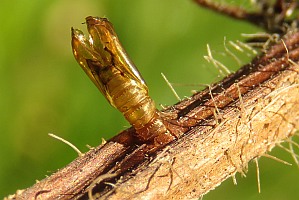
Puppe
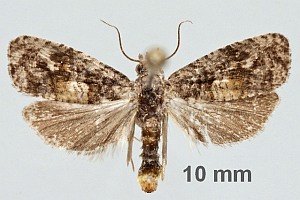
Männchen
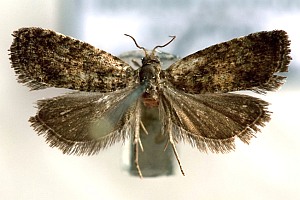
Weibchen
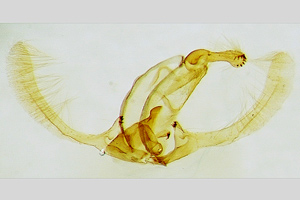
Männchen
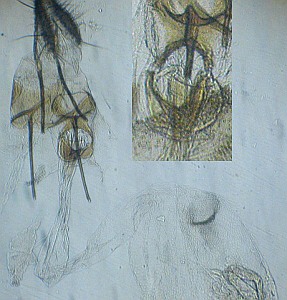
Weibchen
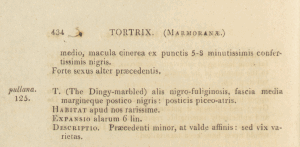
Erstbeschreibung
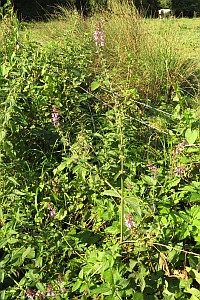
Habitat

Raupennahrungspflanze
Inhalt
1. Lebendfotos
1.1. Falter
1-3: ein Individuum, Belgien, Frasnes, leg. Raupe in Stängel von Sumpf-Ziest (Stachys palustris) 6. August 2017, e.p. 5. Mai 2018 (leg., cult., det. & Fotos Ruben Meert, conf. Tymo Muus) (kleines Bild 2 horizontal gespiegelt)
1.2. Fraßspuren und Befallsbild
1: Belgien, Frasnes, Frass-Spuren in Stängel von Sumpf-Ziest (Stachys palustris) 6. August 2017 (leg., cult., det. durch Zucht & Foto Ruben Meert)
1.3. Puppe
2. Diagnose
2.1. Männchen
1: ♂, Italien, Friaul, Monfalcone, Küste, 1 m, 15. Juni 2010 (leg., det. durch GU & Foto: Helmut Deutsch)
2: ♂, Deutschland, Sachsen, Oberlausitz, Königsbrück, ehemaliges Militärgelände, anmoorige Stelle, 153 m, Tagfang um Sumpf-Ziest (Stachys palustris), 8. Mai 2007 (det. durch GU & Foto: Friedmar Graf) Hinweis: dieser Falter war bis zum 6. März 2019 bei Endothenia nigricostana zu sehen; die Korrektur erfolgte Ende Februar 2019 per Mail an Tina Schulz.Forum
2.2. Weibchen
2.3. Genitalien
2.3.1. Männchen
1: ♂, Deutschland, Sachsen, Oberlausitz, Königsbrück, ehemaliges Militärgelände, anmoorige Stelle, 153 m, Tagfang um Sumpf-Ziest (Stachys palustris), 8. Mai 2007 (det. durch GU & Foto: Friedmar Graf)Forum
2.3.2. Weibchen
2.4. Erstbeschreibung
1: Haworth ([1811]: 434) [nach Public-Domain-Digitalisat [https://doi.org/10.3931/e-rara-72786] des Exemplars der ETH-Bibliothek Zürich]
3. Biologie
3.1. Habitat
3.2. Raupennahrungspflanze
1: Belgien, Frasnes, Nahrungspflanze Sumpf-Ziest (Stachys palustris), 6. August 2017 (det. & Foto Ruben Meert)
3.3. Nahrung der Raupe
- [Lamiaceae:] Stachys palustris (Sumpf-Ziest)
Einzige bisher bekannte Raupennahrungspflanze ist Stachys palustris. Hancock et al. (2015: 16) erläutern zur Raupe: "September - May; burrows in the stem and roottstock of the foodplant, feeding on the pith and distributing frass in the burrow; prepares an exit hole in the stem before hibernating fully fed."
(Autor: Erwin Rennwald)
4. Weitere Informationen
4.1. Andere Kombinationen
- Tortrix pullana Haworth, 1811 [Originalkombination]
4.2. Faunistik
Nach SwissLepTeam (2010) ist die Art auch Faunenbestandteil der Schweiz (Südschweiz (Tessin, Puschlav, Bergell, Misox, Simplon-Südseite)).
4.3. Publikationsjahr der Erstbeschreibung
Wir übernehmen hier die von Heppner (1982) angegebenen Publikationsjahre.
4.4. Literatur
- Hancock, E.F., Bland, K.P. & J. Razowski (2015): The moths and butterflies of Great Britain and Ireland. Volume 5 (Part 2). Tortricidae, Olethreutinae. - 377 S.; Leiden & Boston (Brill).
- Erstbeschreibung: Haworth, A. H. (1803-1828): Lepidoptera britannica; sistens digestionem novam insectorum lepidopterorum quæ in Magna Britannia reperiuntur, larvarum pabulo, temporeque pascendi; expansione alarum; mensibusque volandi; synonymis atque locis observationibusque variis: I-XXXVI, 1-609. Londini (R. Taylor).
- Heppner, J. B. (1982): Dates of selected Lepidoptera literature for the western hemisphere fauna. — Journal of the Lepidopterologists' Society 36 (2): 87-111.
- SwissLepTeam (2010). Die Schmetterlinge (Lepidoptera) der Schweiz: Eine kommentierte, systematisch-faunistische Liste. — Fauna Helvetica 25. Neuchâtel (CSCF & SEG).
















